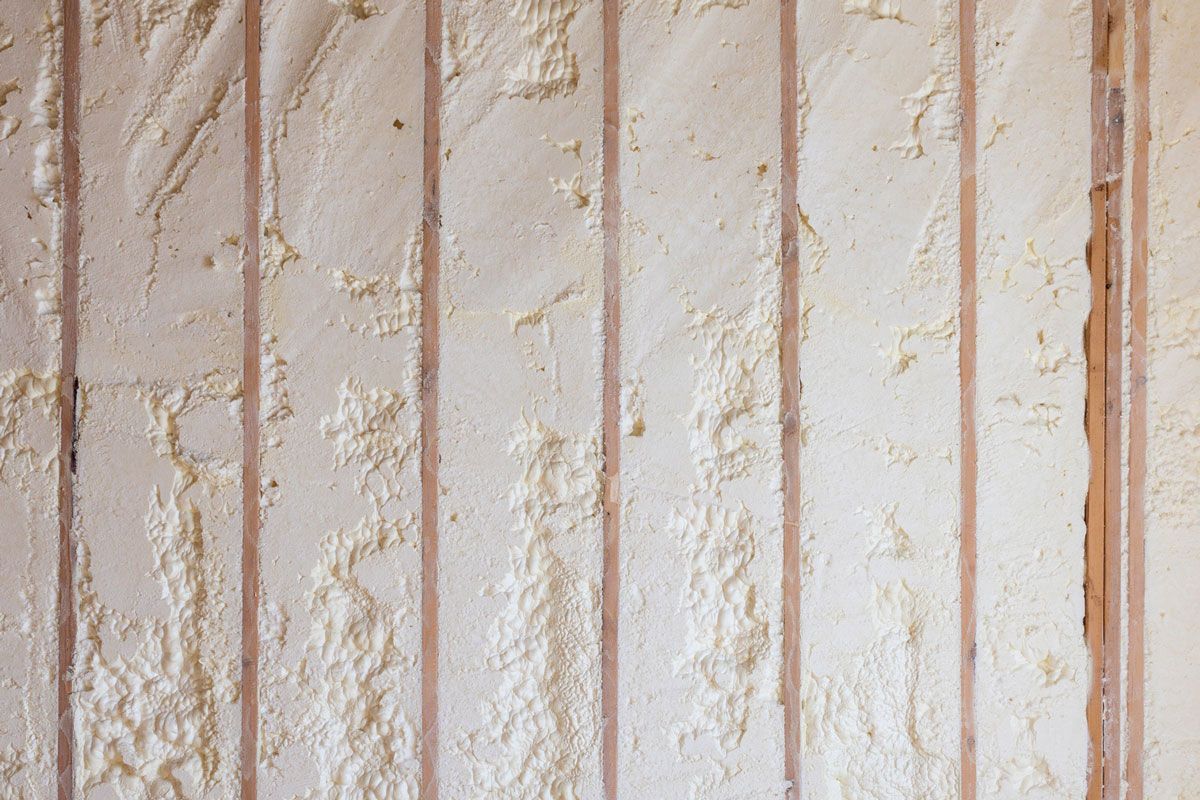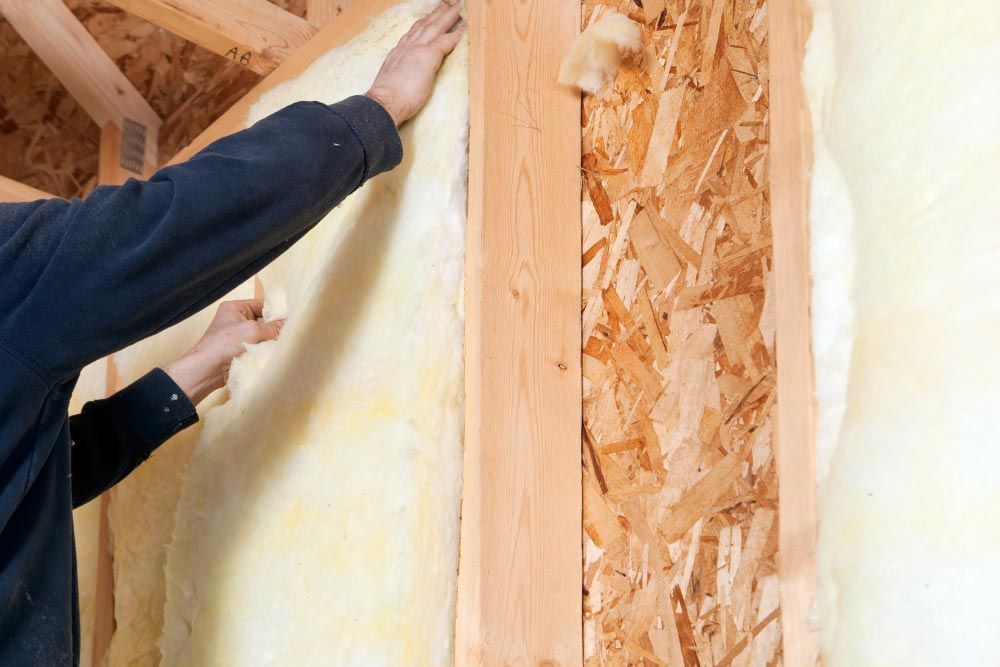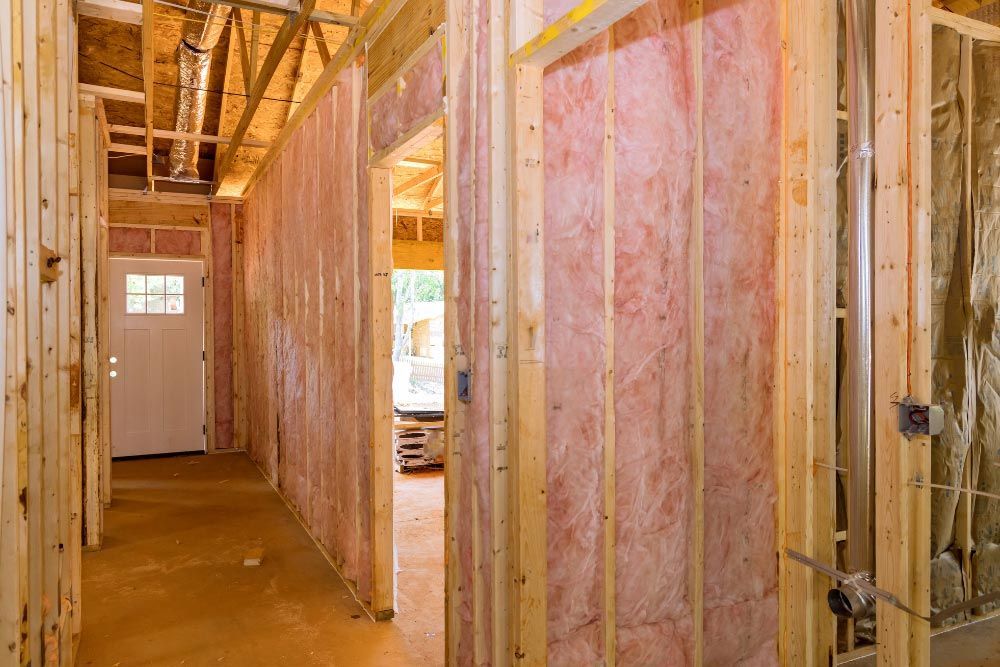Attic Insulation: The Key to Energy Efficiency & Home Comfort
Did you know that up to 25% of your home’s energy loss happens through the attic? Without proper attic insulation, your HVAC system works harder, leading to higher energy bills and inconsistent temperatures.
In this guide, we’ll cover the best insulation options, their benefits, and expert recommendations for a more efficient home.
Why Attic Insulation Matters
Proper attic insulation offers several benefits:
- Reduces Energy Bills – Keeps heat in during winter and out during summer.
- Improves Indoor Comfort – Prevents temperature fluctuations.
- Extends HVAC Lifespan – Reduces strain on heating and cooling systems.
- Prevents Ice Dams – Stops warm air from melting snow on the roof.
- Enhances Home Value – A well-insulated home is more attractive to buyers.
Fun Fact: The U.S. Department of Energy recommends at least R-49 insulation for attics in colder climates!
Best Types of Attic Insulation
Choosing the right insulation depends on your attic structure and budget.
| Insulation Type | R-Value per Inch | Best For | Cost |
|---|---|---|---|
| Blown-In Fiberglass Insulation | 2.2 – 2.7 | Open attics, easy application | $$ |
| Blown-In Cellulose Insulation | 3.2 – 3.8 | Eco-friendly, dense coverage | $$ |
| Spray Foam Insulation | 6.0 – 7.0 | Maximum air sealing, best for unvented attics | $$$ |
| Fiberglass Batt Insulation | 2.9 – 3.8 | DIY-friendly, works well between joists | $ |
| Rigid Foam Board Insulation | 4.5 – 5.0 | Ideal for sloped attic roofs | $$ |
✅ Best Choice: Spray foam insulation is excellent for sealing air leaks, while blown-in insulation provides full coverage at an affordable price.
How to Insulate an Attic Properly
1. Seal Air Leaks First
Before adding insulation, seal air leaks around:
- Recessed lighting fixtures
- Gaps around chimneys
- Attic hatch doors
- Electrical wiring holes
Pro Tip: Use spray foam insulation or caulk to seal small gaps and prevent drafts.
2. Choose the Right R-Value
The R-value measures insulation’s resistance to heat flow.
| Climate Zone | Recommended R-Value for Attics |
|---|---|
| Warm (Southern U.S.) | R-30 to R-49 |
| Moderate (Middle U.S.) | R-38 to R-60 |
| Cold (Northern U.S.) | R-49 to R-60 |
🔍 Need Help? Arvada Insulation Contractors can assess your attic and recommend the best attic insulation for your home.
3. Install the Insulation
- For flat attics, use blown-in fiberglass insulation or blown-in cellulose insulation for even coverage.
- For sloped attics, install rigid foam board insulation for better heat retention.
- If air sealing is a priority, opt for spray foam insulation.
Cost of Attic Insulation
| Insulation Type | Estimated Cost per Sq. Ft. |
|---|---|
| Blown-In Fiberglass Insulation | $1.00 – $1.50 |
| Blown-In Cellulose Insulation | $1.00 – $1.80 |
| Spray Foam Insulation | $2.50 – $5.00 |
| Fiberglass Batt Insulation | $0.75 – $1.50 |
| Rigid Foam Board Insulation | $1.50 – $3.00 |
💰 Tip: Many utility companies offer rebates for upgrading attic insulation!
Signs Your Attic Needs More Insulation
- Uneven room temperatures – Hot in summer, cold in winter.
- High energy bills – Your HVAC system works harder to compensate.
- Drafty rooms – Heat escapes through the attic.
- Ice dams in winter – Heat leakage causes snow to melt and refreeze.
🔍 Wondering if your attic is properly insulated? Call Arvada Insulation Contractors for a FREE insulation assessment!
Upgrade Your Attic Insulation Today!
Maximize comfort, energy savings, and home value with professional attic insulation.
Call
(720) 709-1680 now or fill out our online form to schedule your FREE consultation!










